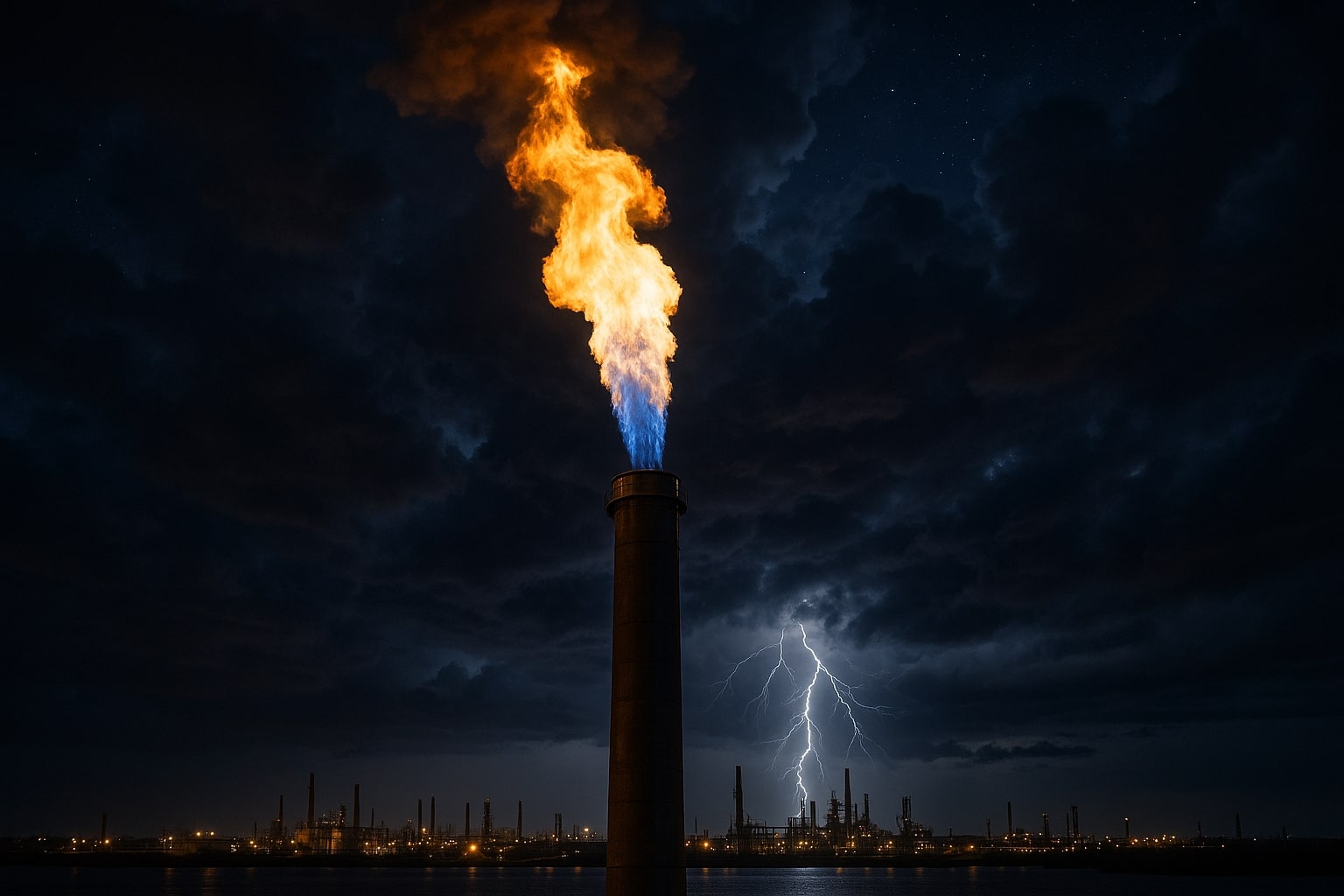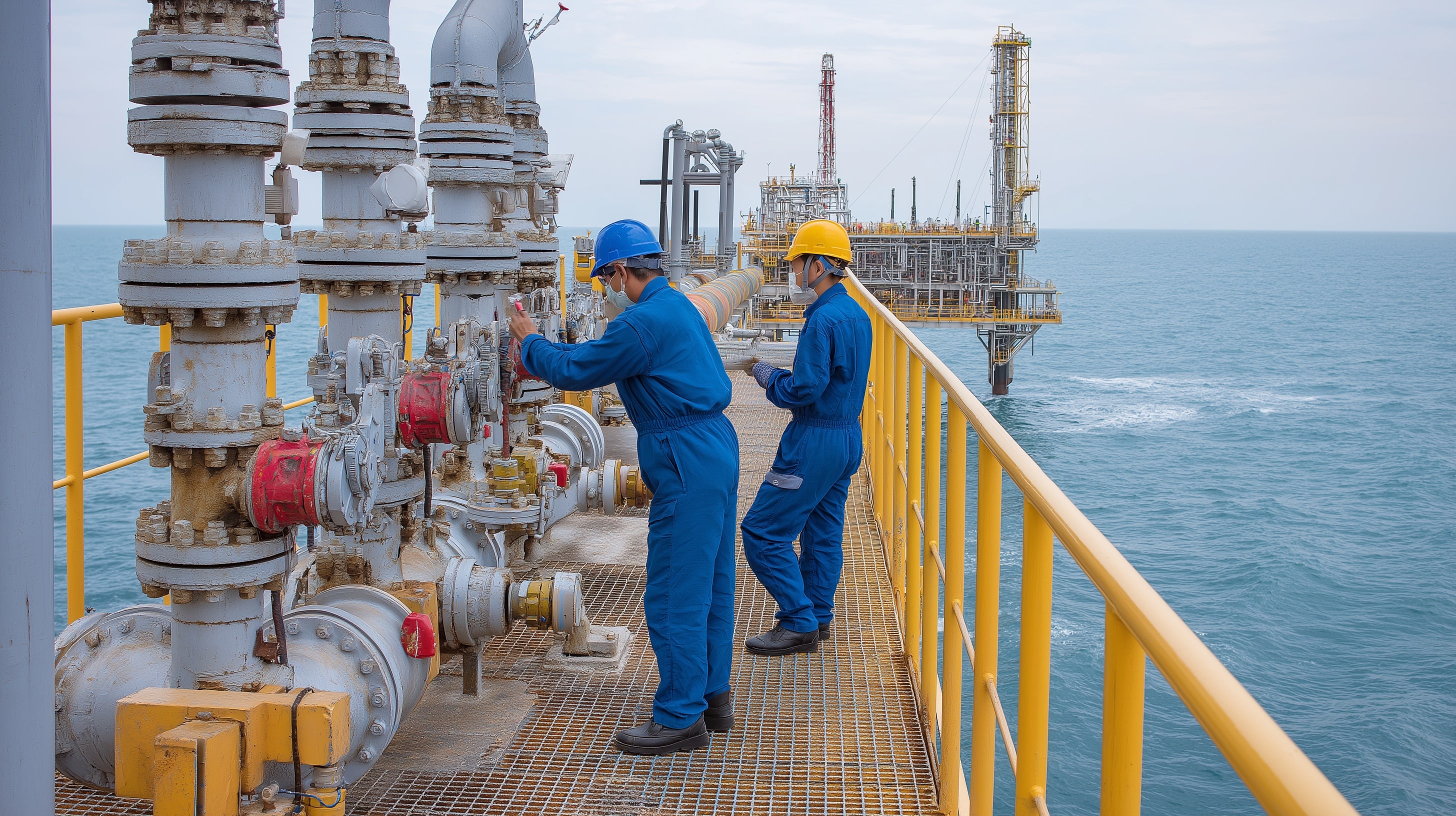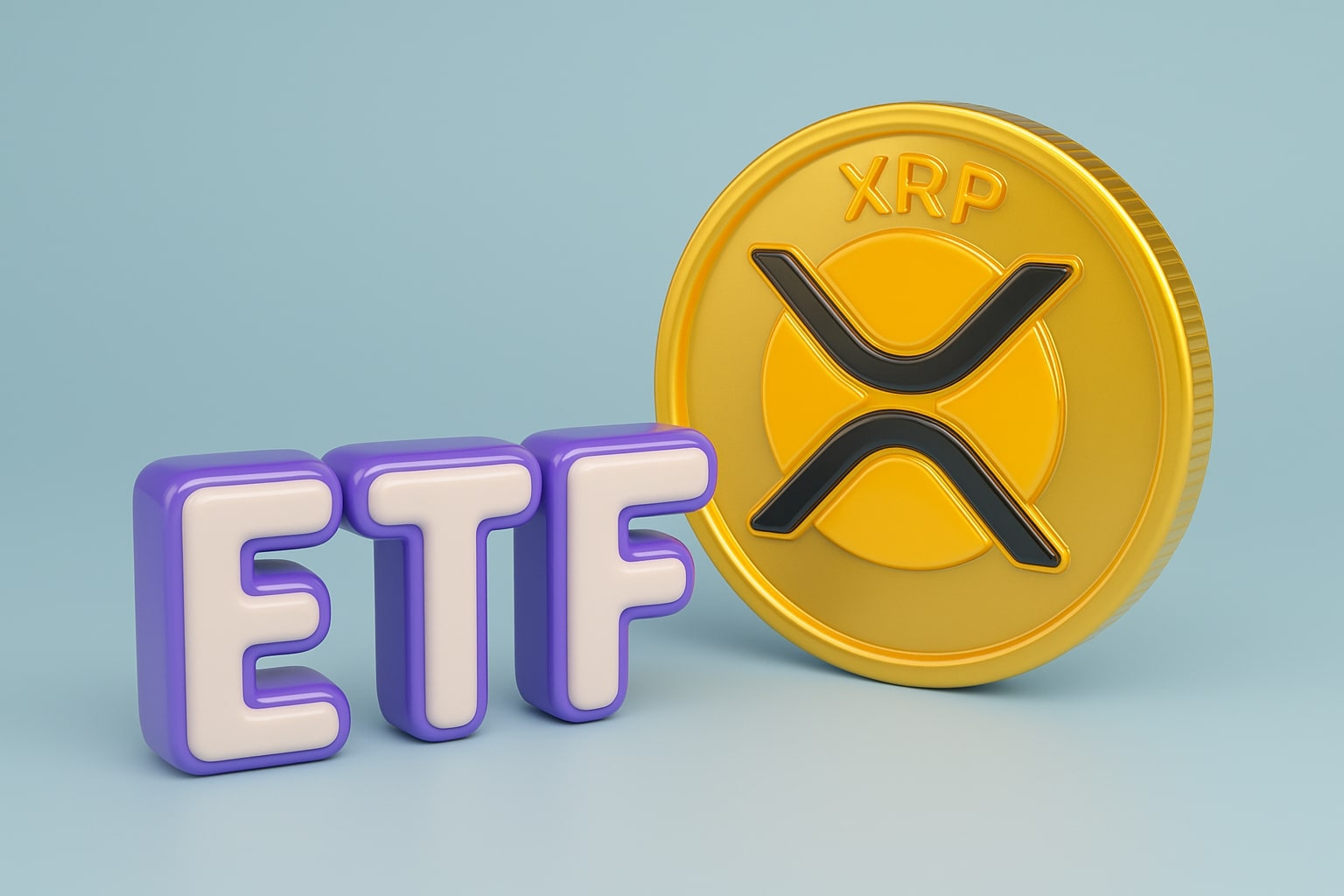Production Trends: Supply Growth Slows, But Output Remains Near Record
Despite near-record production averaging 104.8 Bcf/d, output growth has begun to decelerate due to lower oil drilling activity — a critical source of associated gas, which accounted for 37.4% of total U.S. gas production in 2023. EIA data also shows a slight weekly dip in dry gas production, supporting the bullish narrative. The slowing supply growth comes just as LNG capacity expands, meaning incremental exports could tighten domestic balances by late winter if cold conditions persist.
Storage Build Moderates as Injection Season Ends
Recent estimates indicate a 77 Bcf storage build last week, slightly below the five-year average of 84 Bcf, signaling that injections are tapering as the heating season begins. With total storage approaching 3.96 Tcf, the market remains adequately supplied for early winter. However, colder weather patterns and expanding LNG pull could accelerate drawdowns in December and January, shifting balances tighter than current projections suggest.
Technical Signals: Consolidation Before Breakout
From a charting standpoint, the broader pattern for NG=F shows consolidation inside a $3.13–$3.59 range. A breakout above $3.60 would confirm a medium-term bullish reversal, likely extending toward $4.00–$4.25, levels last seen in early 2023. MACD and RSI momentum indicators are strengthening, with RSI at 62, suggesting room for continuation before entering overbought territory. Should the price break above $3.59 with volume above 250,000 contracts, a sustained rally is probable through Q4.
Macro Context and Cross-Commodity Support
Broader energy markets are supportive of the natural gas rally. WTI crude (CL=F) trades near $86.40, while Brent (BZ=F) stabilizes around $89.12, following OPEC+’s moderate production increase of 137,000 bpd for November. The combination of firm oil prices, robust LNG flows, and geopolitical risk in Europe continues to underpin the bullish tone in natural gas. Additionally, the weaker U.S. dollar (DXY near 98.35) supports commodities denominated in dollars, providing further tailwind to gas futures.
Medium-Term Outlook: Tight Market Ahead
Analysts across the board maintain a constructive stance. UBS projects U.S. natural gas prices averaging $3.85 in Q4 2025, climbing toward $4.25 in 2026 as exports expand and supply growth moderates. NGI data supports this view, noting feed gas flows consistently near record levels and demand from both industrial and residential sectors expected to rise. Power sector consumption, however, remains weather-dependent, with mild autumn temperatures temporarily capping gains.
Investment View: Buy Bias Maintained Above $3.10 Support
Given current fundamentals — firm demand, tight supply expectations, and strong export data — the bias for Natural Gas (NG=F) remains bullish above $3.10. Short-term volatility around resistance at $3.59 should be seen as healthy consolidation before a potential breakout. Should futures close above $3.60, upside targets move to $4.00 and $4.25. However, a daily close below $3.10 could shift momentum back toward $2.85, invalidating the bullish thesis.
With the market entering the strongest seasonal demand window of the year and LNG flows nearing record highs, Natural Gas stands positioned for sustained price strength heading into winter. Based on the current data and trend structure, the verdict is Buy, with short-term target $4.00 and medium-term target $4.25 as the U.S. heating season intensifies.




















